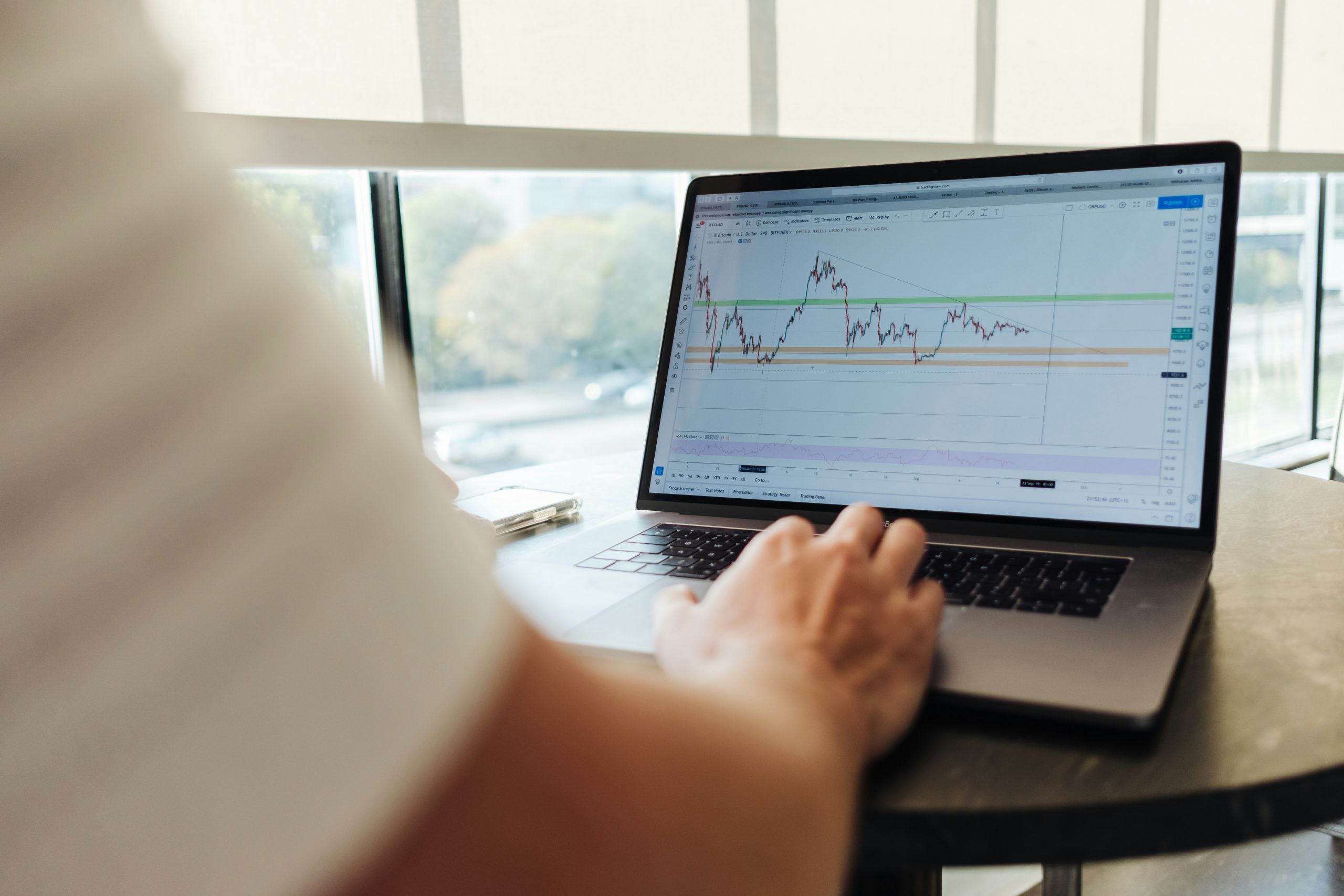The once-blockbuster strategy of picking big payers has been battered by growth-focused tech titans
Amid a confusion of artificial-intelligence narratives, “quant” analyses, and sustainable funds, the oldest and simplest stock-picking strategy—dividend investing—lies almost forgotten. There might be ways to dust it off.
Ever since the 2008-09 financial crisis, investors have sneered at getting cash back. U.S. equities with dividend yields above 5% have returned roughly 450% since the end of 2008, below the 640% gain of the wider S&P Composite 1500. Companies that don’t pay dividends have returned nearly 1,200%.
Yet one of those no-dividend winners broke ranks this month: Meta Platforms (META
S&P Composite, average dividend yield

This might seem to validate what the Federated Hermes portfolio manager and market historian Daniel Peris argues in his new book, “The Ownership Dividend.” He says that ultralow interest rates and the rise of high-growth digital companies neutered the power of dividends, but only temporarily.
U.S. stock data from the economist Robert Shiller shows that the contribution of dividends to total returns averaged 80% from the 1870s to the 1950s, with the rest made up of capital gains. This past decade, it was 30%. The average dividend yield has been stuck below 2% for most of the past 25 years, compared with a historical average of 4.3%.

Sources: FactSet, WSJ calculations
Note: Dividend yields are classified as above 5% (high), between 2% and 5% (medium) and below 2% (low). Using averages for the 2008-24 period.
…because cash-rich companies in growth sectors pay few dividends
S&P Composite 1500 sectors, percentage of companies in each income category

Note: Average between 2008 and 2023. Dividend yields are classified as above 5% (high), between 2% and 5% (medium) and below 2% (low).
Sources: FactSet, WSJ calculations
“The notion that large, successful businesses wouldn’t make a cash distribution to company owners is abnormal,” says Peris.
From the launch of the Amsterdam stock exchange in 1602 until the mid-20th century, buying a share in a company was almost exclusively about the dividend that investors could expect to receive. A more-mature tech sector, higher rates and heightened scrutiny of buybacks will lead minority shareholders to demand income again, Peris argues.
But many of today’s investors own stakes in companies through diversified savings portfolios and 401(k)s. It is unclear whether they care as much about dividends as their forebears did.
Of course, price gains unmatched by profit are speculative and can easily reverse. But if earnings rise in tandem, the company’s owners might not mind whether cash is distributed or kept on the balance sheet (tax considerations notwithstanding).
Perhaps this wasn’t the case in the 17th century, when selling shares was harder. But in today’s highly liquid markets, stock prices tend to fall when dividends are paid, leaving stockholders even. The financial economist Fischer Black argued this in his seminal 1976 paper, “The Dividend Puzzle.”
Illustrating the point, shares in Ford Motor (F
Paying an income can still be a useful way for executives to signal that they won’t waste money on vanity projects. Yet, for some companies, the opposite is true: Reinvesting cash flows draws attention to their growth prospects.
This is the source of dividend stocks’ recent woes. The 21st century has benefited “growth” sectors such as tech and healthcare. Manufacturers, banks and utilities—mature businesses that still tend to pay dividends—have fallen behind. Since 2020, the pandemic and now the craze for AI have turbocharged this trend. Over the past year, investors have pulled a net $21 billion from dividend funds, even as they added $12 billion to broader equity funds, EPFR data shows.
Peris’s point still stands: The pendulum might swing back in favor of dividend payers.
Mixing dividend investing with other strategies often yields good risk- adjusted results…
Sharpe ratio of strategies that invested in U.S. stocks between 1998 and 2023

Sources: FactSet, WSJ calculations
Note: The Sharpe ratio subtracts risk-free returns from annualized stock returns and adjusts them for volatility. Strategies are tracked using S&P Dow Jones Indices (‘no tilt,’ ‘dividend + quality,’ ‘low volatility,’ ‘dividend + low volatility’) and the MSCI USA Index (‘quality,’ ‘growth,’ ‘value,’ ‘high dividend’).
…especially when focusing on low-volatility stocks…
Five-year trailing Sharpe ratio for U.S. stocks

Sources: FactSet, WSJ calculations
Notes: Other strategies include ‘low volatility,’ ‘dividend + quality,’ ‘no tilt’ (using S&P Dow Jones Indices), ‘quality,’ ‘growth,’ ‘value’ and ‘dividend’ (using the MSCI USA Index). Sharpe ratios subtract risk-free returns from annualized stock returns and adjust them for volatility.
…but only a few new dividend funds are marketed this way
Dividend/income investment funds launched in the U.S. and Europe since 2014, by type of strategy mentioned in their name

Sources: Morningstar, WSJ calculations
Note: All fund names reference ‘dividend’ or ‘income’ (excluding ‘fixed income’). Those with strategies not specified here are excluded. ‘Growth’ includes references to ‘aristocrats’ and ‘monarchs.’ ‘Sustainability’ includes references to ‘ESG,’ ‘SRI’ and ‘impact.’ ‘Low volatility’ includes references to ‘variance.’
But that doesn’t mean investors should simply look for stocks with high dividend yields. These are often low-quality companies with unsustainable payouts. A smarter strategy is to focus on companies that can increase dividends sustainably—often dubbed “dividend growth” or “dividend aristocrats.”
Alternatively, investors can pick dividend stocks that exhibit low volatility. This approach has done terribly of late—but on a risk-adjusted basis, it has outperformed other big strategies roughly 60% of the time since 1998.
For a modern investor, the point of shares that pay income regularly is that cash returns are less risky. The ideal role for dividend strategies in portfolios isn’t beating sexier growth companies, but rather occupying a middle ground between them and the low-risk bonds that do better during downturns. They should be judged on the basis of returns adjusted for volatility—the so-called Sharpe ratio.
“We have a group of very sophisticated investors who want an allocation to something that is lower volatility,” says Peter Fisher, a portfolio manager of the Vanguard Dividend Growth Fund.
Photo by Jason Briscoe on Unsplash

